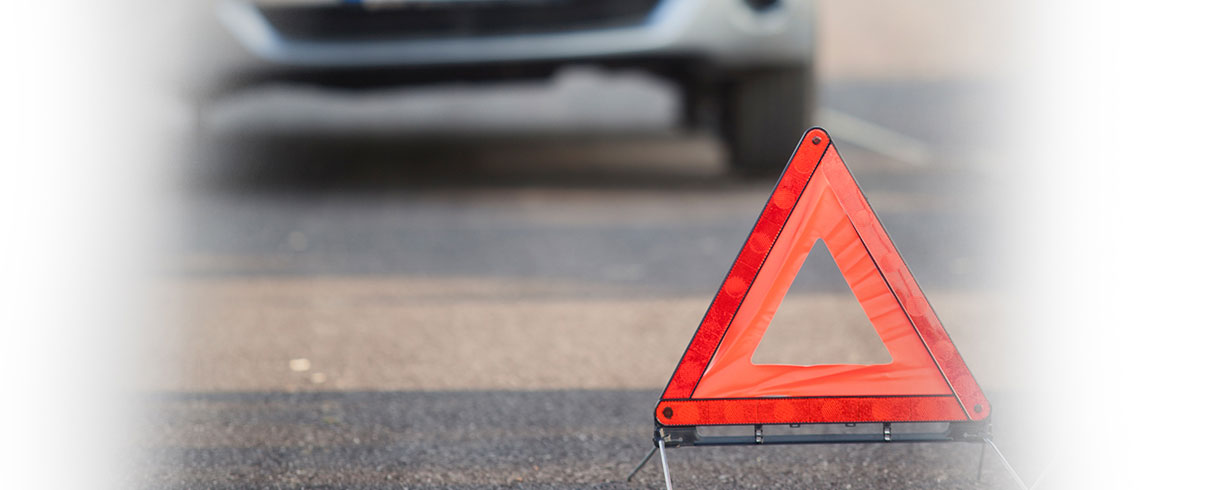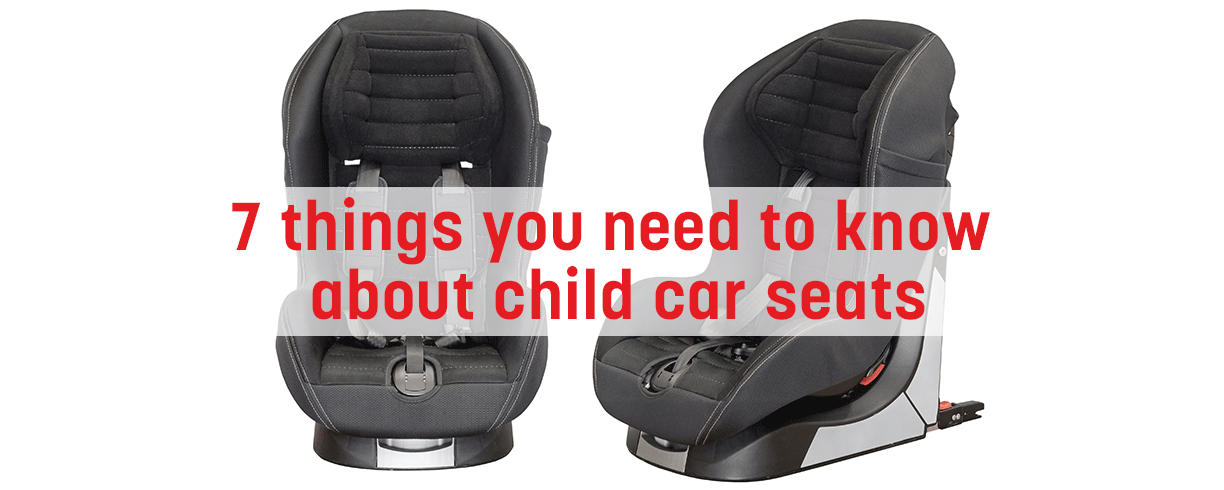There’s nothing fun about having your car break down on the road. Being forced to pull over can be stressful… unless you’re prepared!
There’s nothing fun about having your car break down on the road. Being forced to pull over can be stressful… unless you’re prepared!
Don’t panic
When the breakdown happens, keep your cool. Turn on your hazard lights and park the vehicle safely on the side of the road, as far to the right as possible.
Remember that, for the time being, the important thing is to let other drivers know that you’ve broken down. To do that, set up distress lights behind your vehicle and open the hood – in short, do whatever you can to be visible. Just to be safe, always get out of the vehicle through the passenger-side door.
If you have a cell phone and a roadside assistance plan, call the service provider right away. You will need to provide information such as your name, the vehicle model and its license plate number.
Naturally, the dispatcher will want to know where you are: be as specific as possible and give as many landmarks as you can (street names, street addresses, names of nearby businesses, highway exit numbers, etc.). If you haven’t signed up with an emergency roadside assistance service, contact any one of them.
Think about it!
No one is immune to breakdowns: foresight is the best way to handle them.
- Sign up for a roadside assistance service.
- Keep your vehicle in good working order: make sure you have regular maintenance work done.
- Keep an emergency kit in your vehicle. The kit should contain a warm blanket, bottled water, and first aid supplies.
- Check the air pressure in your spare tire and make sure your trunk contains the tools to change a flat.
- Plan your route and let your loved ones know your itinerary.



























